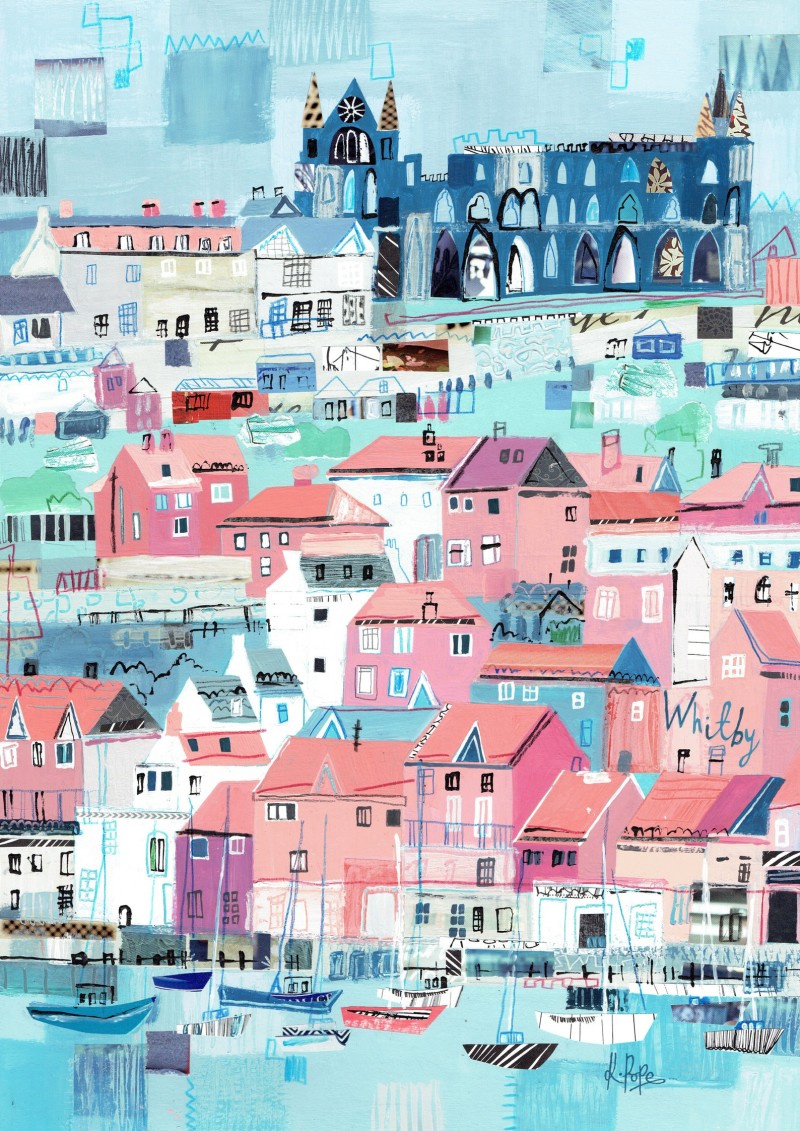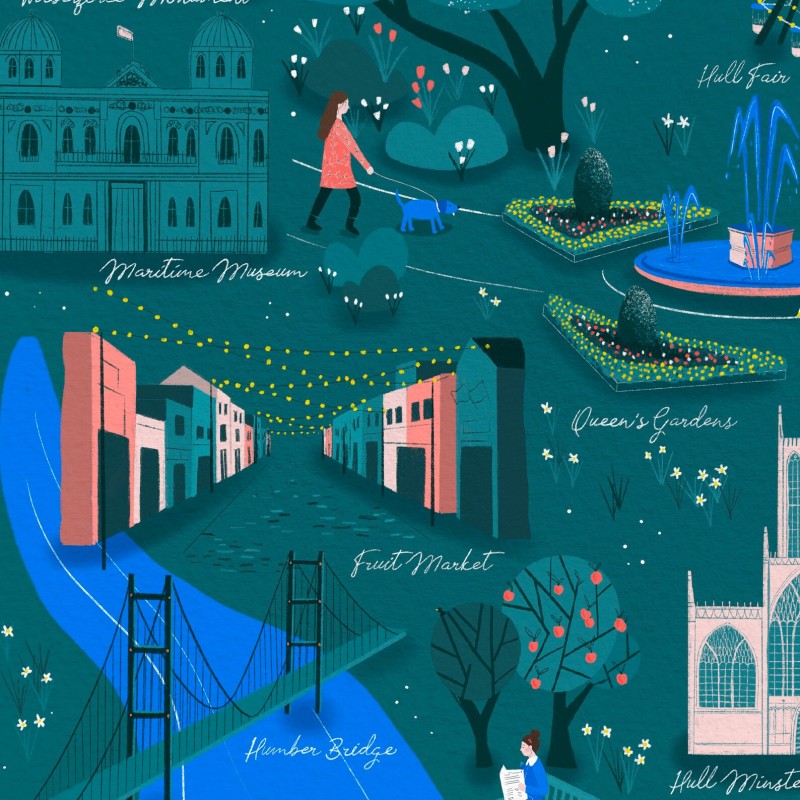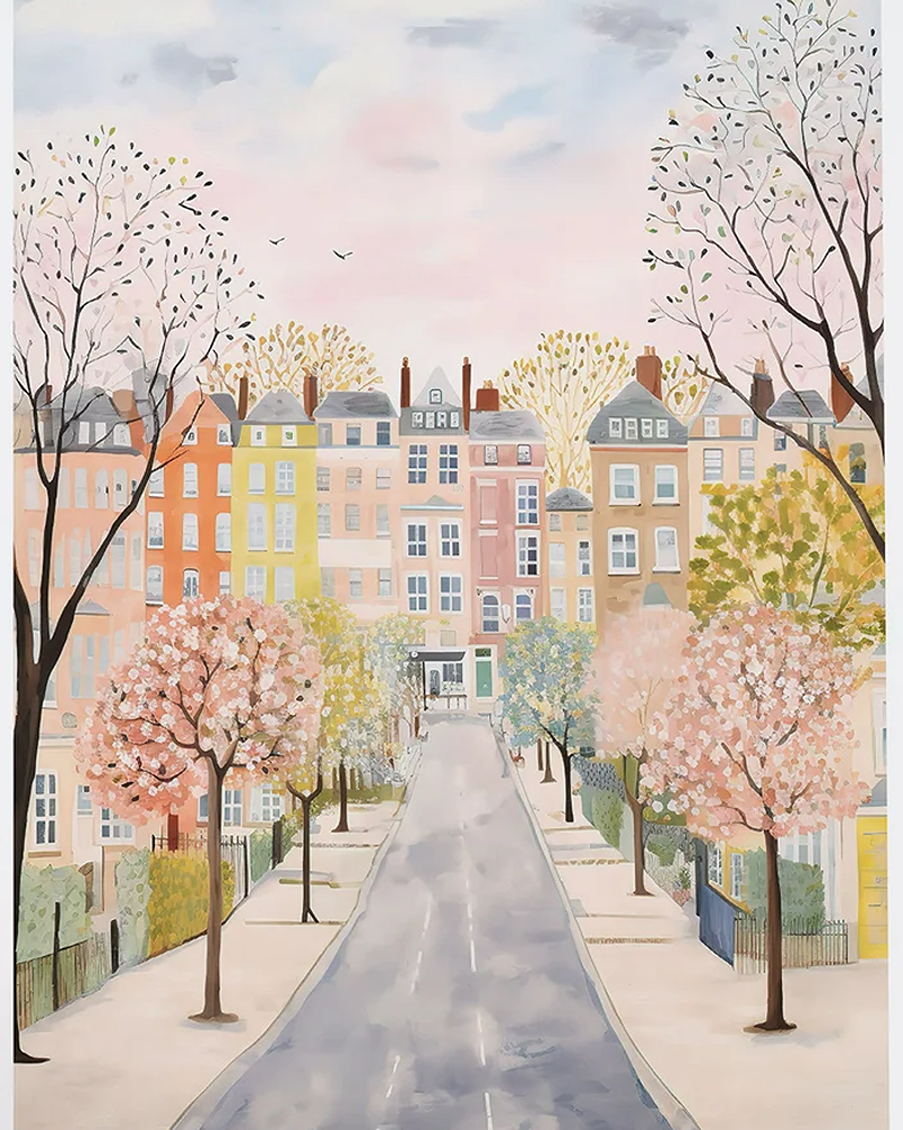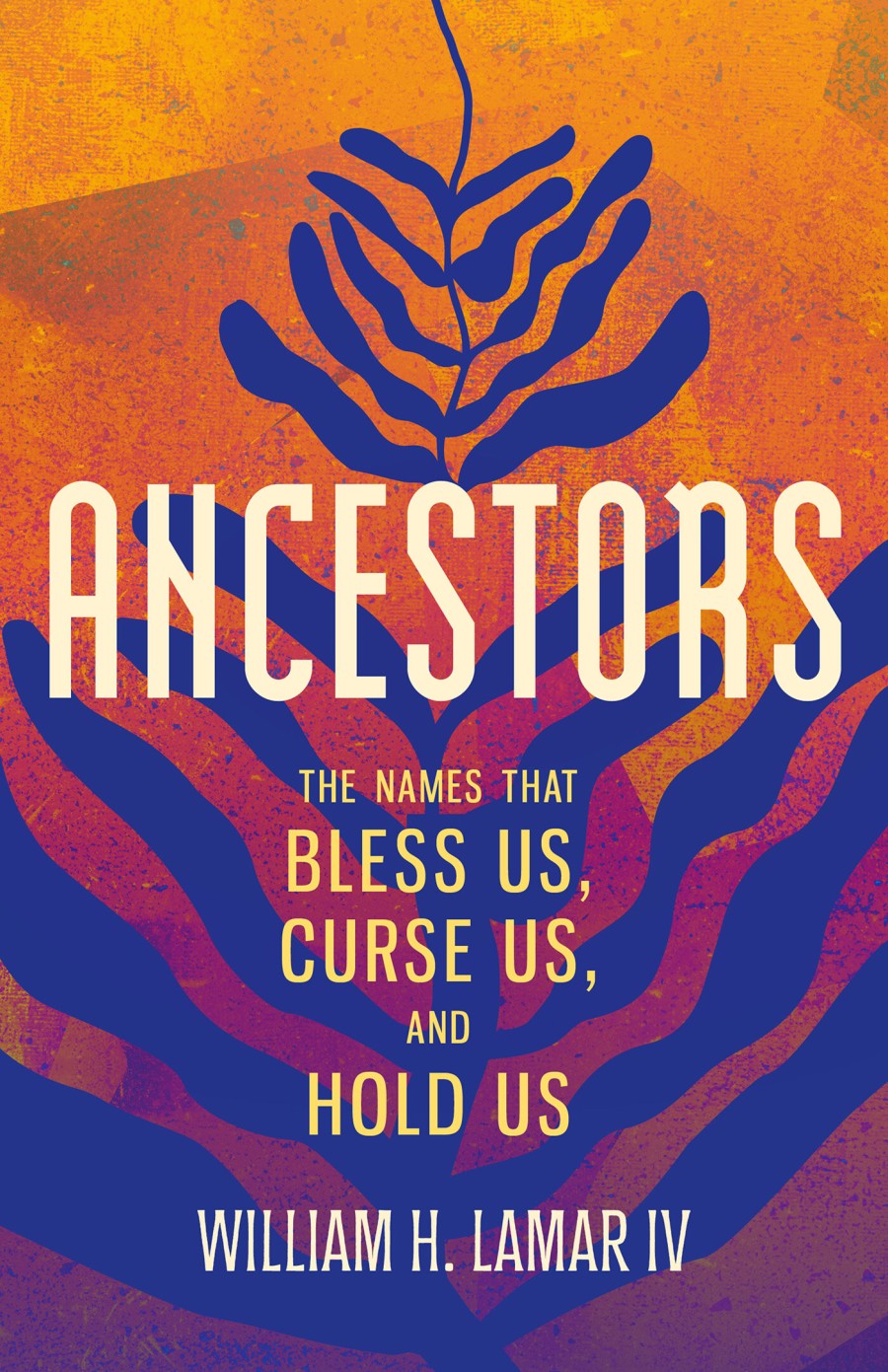Yorkshire: Dales, Moors and Wild Coast

Yorkshire is a large county that spans both north west and north east of England. It contains some of our most stunning wild countryside, plus a coastline that is popular with walkers and holiday makers.
It also is one of the two counties (along with Cumbria) that makes up Wainwright’s Coast-to-Coast Walk. Let’s look at what Yorkshire has to offer both residents and visitors, in ‘God’s Own County’.
Always follow the Countryside Code, to keep all creatures safe.
If at the coast, read our post on keeping dogs safe by the seaside.
The Yorkshire Dales
This is one of England’s most popular walking holiday destinations, home to many stone-built villages, amid heather moorland that stretches into Lancashire and Cumbria. This National Park (established in 1954) is also home to many of England’s most dramatic waterfalls.
The Yorkshire Dales is also home to the brown long-eared bat (his ears much longer than his body!) and a species of moss that is uniquely only grown here. You’ll also find around 100 species of nesting birds, 30 species of mammals, 25 species of butterflies and 1000 species of moths.
The North York Moors
These are more wild and open, stretching from Thirsk and Helmsley to the Yorkshire coast at Whitby. Some valleys are dense with pine forest, while late summer bring purple heather that rolls over high moorland.
This historic natural haven is a haven for walkers, and also home to the ruins of Rievaulx Abbey and steam trains.
The Pennines
Known as the ‘backbone of England’, the Pennines shape much of West Yorkshire’s border. These rugged hills and sweeping valleys form a natural boundary, and important wild peat bogs that are home to endangered plants and wildlife.
The towns of Hebden Bridge and Holmfirth sit in these green valleys, filled with stone cottages and independent shops.
River Wharfe: Yorkshire’s Famous Waterway

The River Wharfe winds for 65 miles through the heart of Yorkshire. It begins in the village of Buckden, then flows south-east through beautiful countryside, before joining the River Ouse near Cawood.
The river supports many otters, kingfishers and herons, always on the banks, looking for fish. Rare wildflowers and mosses thrive on this river’s limestone edges.
Robin Hood’s Bay (East Yorkshire coast)

Tucked between Whitby and Scarborough on Yorkshire’s wild coast, Robin Hood’s Bay has cobbled streets that tumble down to a windswept harbour, where old cottages jostle for space, and the scent of sea air mixes with salt from rockpools.
Walkers will also know it as the place where you paddle your toes, to mark the end of Wainwright’s Coast-to-Coast Walk (which begins in the village of St Bees, Cumbria).
Yorkshire’s Seaside Resorts

Scarborough holds a proud spot in English history as the country’s original seaside resort. In 1626, local resident Elizabeth Farrow stumbled upon a stream running from the cliffs. The water tasted bitter due to its high mineral content. Locals soon believed it had healing powers for stomach ailments and other complaints.
Grand hotels like The Grand Hotel (opened in 1867) became landmarks, offering comfort and luxury to wealthy holidaymakers. Rows of guest houses and B&Bs followed. The opening of the railway station made the town accessible from York and Leeds.

Whitby sits on the North Yorkshire coast, and is one of England’s most popular northern holiday destinations. With a sad history of whaling and links to Dracula, today it’s known for its sandy beaches on the Jurassic coast, and the 199 steps that lead up to St Mary’s Church and the abbey.

Perched on the East Cliff, the ruins of Whitby Abbey give unbeatable views over the town and coastline. Cross the swing bridge to the Old Town. Here, narrow cobbled lanes hide quirky shops, cosy pubs, antique sellers, and old bookshops.
The Characterful Cities of Yorkshire

Hull, Hannah Penrose
Most of the 6 million or so people in Yorkshire live in the cities, though most are not far from beautiful countryside:
- Leeds is Yorkshire’s largest city and packed with independent boutiques and historic arcades like the Victoria Quarter.
- York is one of England’s most beautiful and historic cities, with cobbled streets, medieval halls and timber-framed houses. York Minister is a stunning Gothic cathedral, and the Shambles is a narrow winding street, lined with quirky shops and cafes.
- Sheffield used to be called ‘Steel City’ due to its industrial heritage, but now this South Yorkshire place is deemed as one of England’s greenest, with plenty of green space and eco initiatives.
- Sitting on the edge of the Peak District National Park, the huge Winter Gardens brings nature into the city centre.
- Bradford is a city rich with culture (it’s the ‘curry capital of England!) along with grand Victorian buildings.
- Kingston Upon Hull sits on Yorkshire’s eastern edge, on the Humber Estuary. The Old Town is full of winding streets, historic pubs and winding squares, and unique museums tell the story of its maritime past, and links to poet Philip Larkin.
- Wakefield is a small city with a big arts scene (The Hepworth art gallery sits in a striking riverside building). The cathedral’s tall spire stands at the heart of a city that is a great base for exploring rural West Yorkshire, and the nearby Pennines.
- Doncaster is another South Yorkshire city, with roots that go back to Roman Times. Shaped by its train history, today it’s known for its lively market, old buildings and friendly community.
- Ripon is Yorkshire’s smallest city, with a cathedral that dates back to the 7th century. The compact city centre is filled with independent shops and tearooms. Each evening, the Hornblower sounds a horn in the market square.






